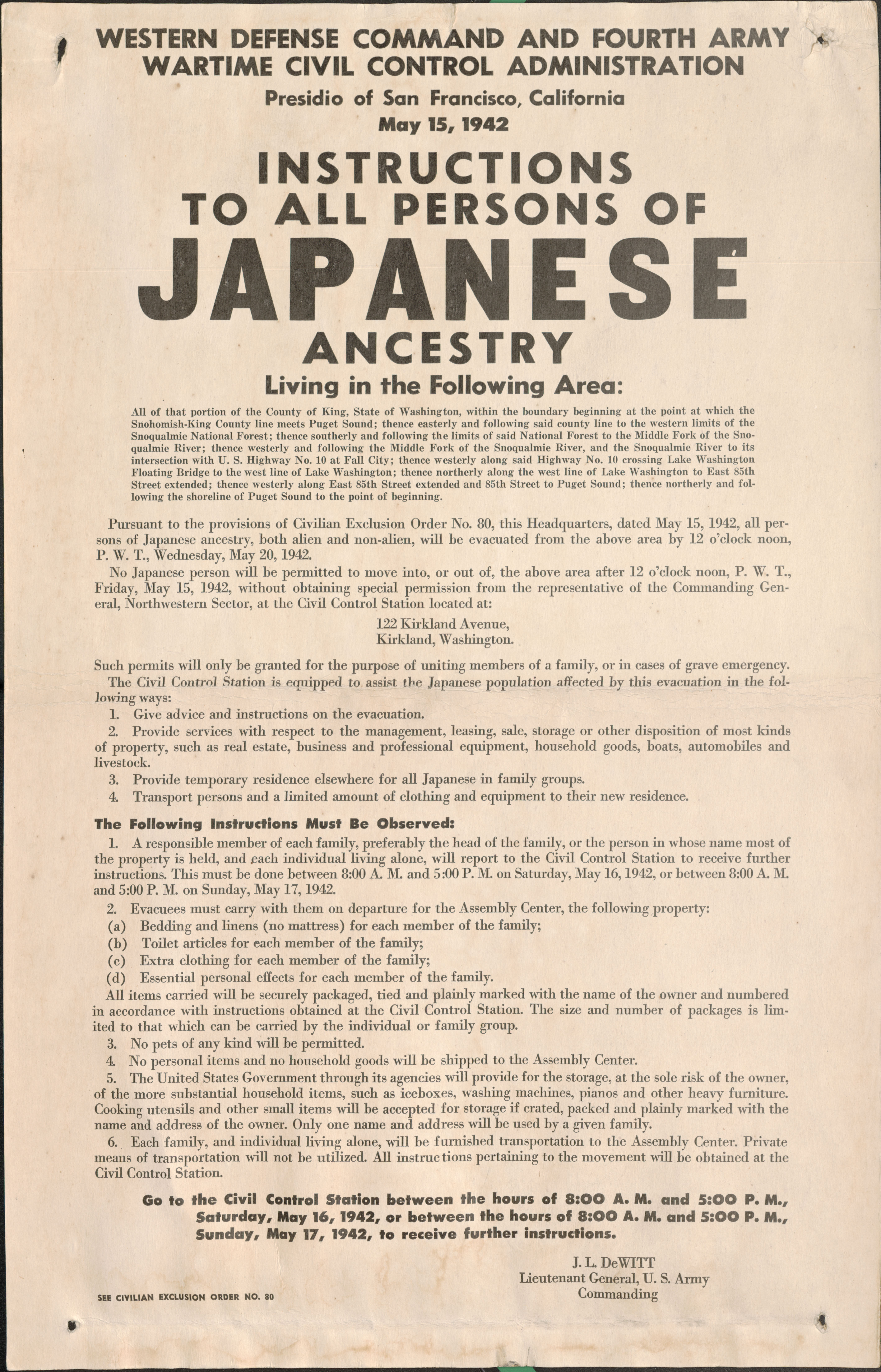Recently I was speaking to a former student about her US II History class at her new school. She told me about her year and about the topics she and her classmates covered in class but then mentioned that she was upset about a recent reading. She had read about Japanese internment during World War II. She was not familiar with the history of such camps in the United States, couldn’t understand how the US could do that to its own people and could understand even less about why the topic got no discussion time in her class. It is May and curriculum had to be finished, so exposure to the topic through a reading rather than giving Japanese internment no exposure at all was this teacher doing her best with the time she has. However, there has to be a way to design our curriculum so that we have time for honest discussions about dark times in our nation’s past. Such a difficult topic needs a forum for students to ask questions, even if those questions are hard or impossible to answer.

After the Japanese attack on Pearl Harbor, President Roosevelt executive order 9066 which relocated thousands of Japanese Citizens. photo credit: history.com
In order to help create a dialogue about the way Japanese-Americans were treated during World War II, I designed a lesson around propaganda from the era, the Bill of Rights, and Japanese relocation. Using a variety of primary and secondary sources, students are asked to explore answers to the question: “How does propaganda psychologically influence people and change how society perceives a particular group?” This compelling question continues to be relevant in the United States today, and extension activities provide students with a way to make a connection between feelings during World War II and the present day. To access the lesson plan, please click here. It is in a GoogleDoc that you can view.
Invite your students to have hard conversations and you can lean into discomfort together. Difficult conversations and topics aren’t something that should be avoided. For resources about how to have difficult conversations about race, please click here for Teaching Tolerance’s excellent guide for teachers.
